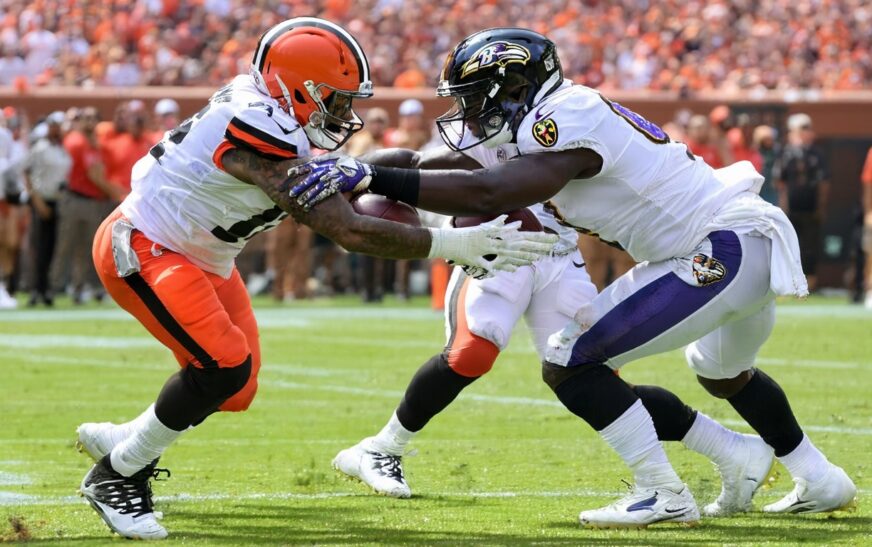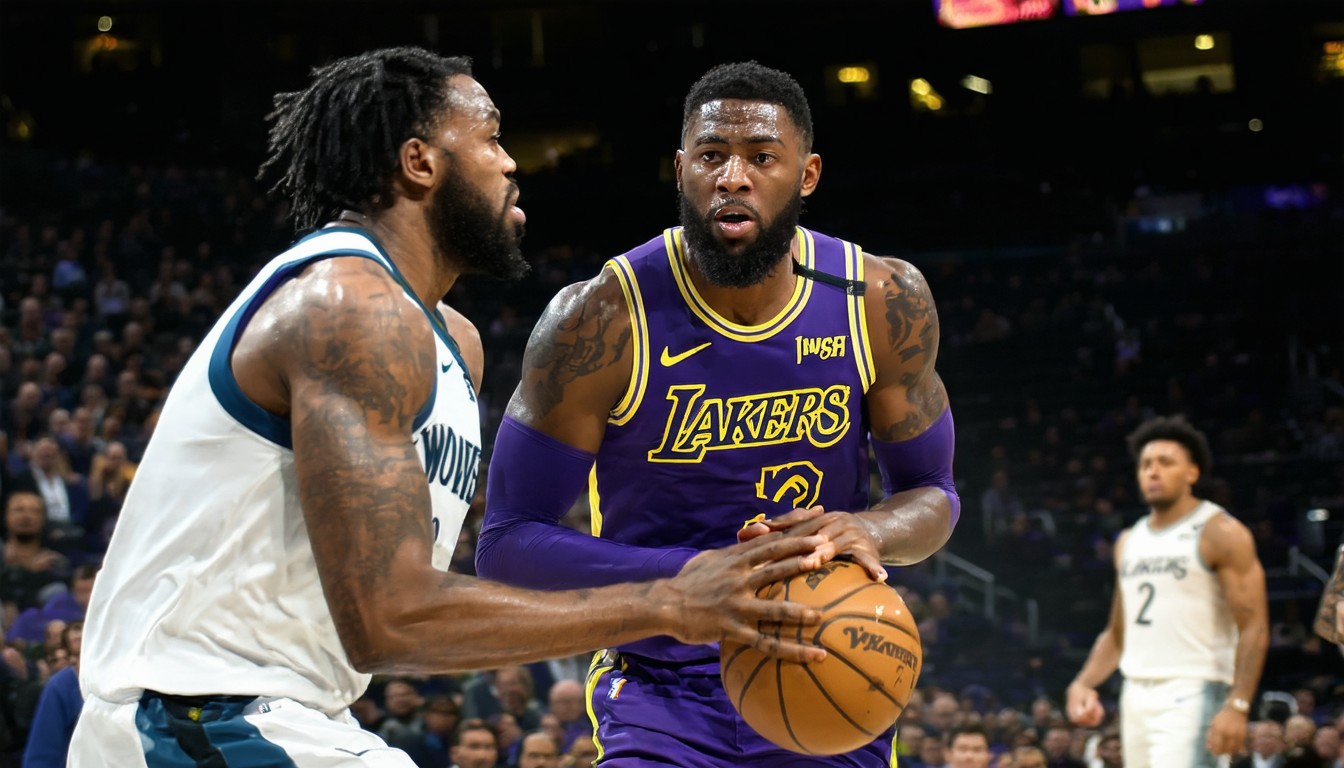The Cleveland Browns vs Baltimore Ravens rivalry has consistently delivered some of the NFL’s most compelling football. Both teams bring a hard-nosed, defense-first mentality shaped by their shared AFC North DNA. When they face off, it’s more than a game—it’s a battle for division pride and often, postseason destiny. The significance of these matchups is reflected not just in the final score, but in the granular player stats that reveal key turning points and individual performances that shape the narrative.
Beyond the scoreboard, the player statistics build a deeper story. Quarterbacks under pressure, running backs churning out extra yards, and defensive players making game-swinging interventions—all add up to influence momentum and outcomes. A detailed look at these numbers provides insights into strategic decisions, execution under fire, and the resilience of both squads.
Quarterback Matchup: Commanding the Offense
Browns’ Signal Caller: Managing Expectations and Delivering Plays
Quarterback performances define the rhythm of this rivalry. For Cleveland, recent showdowns have hinged on how effectively their signal caller manages high-pressure moments. Completion percentage, yards per attempt, and interception rates become telling measures. In recent meetings, Browns quarterbacks have had to contend with one of the NFL’s toughest pass defenses, forcing calculated risk-taking.
A trend that’s emerged is a focus on quick, short passes to neutralize the Ravens’ blitz-heavy approach. Cleveland’s ability to sustain drives often rests on minimizing turnovers and converting third downs—statistics that correlate directly with game outcomes.
Ravens’ Quarterback: Dual-Threat Dynamics
On the Baltimore sideline, the quarterback position has often been the engine of unpredictability. Whether it’s MVP-caliber throwing, scrambling for critical first downs, or orchestrating option plays, the Ravens’ field general often delivers impact well beyond passing yards and touchdowns. Advanced stats like QB rushing yards, time to throw, and pressure evasion rates underscore how this player tilts the field.
“In divisional matchups, improvisation is as crucial as preparation. Baltimore’s quarterback doesn’t just play the game—he transforms it when it matters.”
This dual-threat dynamic keeps Cleveland defensive coordinators guessing and requires the secondary to be disciplined on every snap.
Running Game Analysis: Ground Control and Grit
Browns’ Backfield: Power and Consistency
The ground game is Cleveland’s traditional strength. Whether employing a workhorse back or a committee approach, the Browns’ offensive line consistently opens lanes for productive running. Key stats to watch include yards after contact, explosive runs (10+ yards), and red-zone carries.
Case in point: In recent iterations, Browns running backs have averaged well above the league median in total touches per game, turning time of possession into both offensive rhythm and defensive rest. Their running back corps often ranks among the NFL’s leaders in yards per attempt.
Ravens’ Run Game: Efficiency and Versatility
Baltimore, on the other hand, has modernized the rushing attack with quarterback-centric designs and versatile backs. Metrics such as rushing success rate and broken tackle percentage illustrate how the Ravens keep chains moving and defenses off balance.
A critical stat emerges from these contests: Baltimore’s propensity for scoring on the ground, especially inside the 10-yard line, has often been a difference-maker in tight games.
Receiving and Passing Defense: Matchups on the Edge
Browns’ Receiving Corps: Finding Opportunities
Despite the run-heavy narrative, explosive plays through the air tilt field position and put points on the board. Cleveland’s wide receivers and tight ends are tasked with finding seams in the Ravens’ aggressive, man-coverage schemes. Stat leaders often emerge in contested catches, yards after the catch (YAC), and red zone targets.
In recent games, a Browns wideout breaking the 100-yard mark or a tight end catching a crucial touchdown has swung momentum at key moments—emphasizing the importance of supporting the quarterback through reliable route-running and clutch catches.
Ravens’ Secondary: Limiting Damage
The Ravens are recognized for a ball-hawking secondary, with defensive backs consistently among the league’s leaders in passes defended and interceptions. Stats such as completion percentage allowed, missed tackle rate, and forced fumbles reveal just how active Baltimore’s defensive backs are in limiting the Cleveland passing attack.
Effective matchups on the edge can disrupt timing and force offenses into third-and-long scenarios, underscoring the chess match between receivers and defenders.
Defensive Fronts and Playmakers: Game-Changing Stats
Browns’ Defensive Front: Pressuring the Ravens
On the defensive side, Cleveland brings a disruptive defensive line, known for generating pressure and clogging running lanes. Sacks, quarterback hurries, and tackles for loss are the headline stats, reflecting the capacity to alter offensive game plans.
The Browns’ pass rush, in particular, has forced Baltimore quarterbacks into hurried decisions—evidenced by higher-than-average pressure rates. Key players often pile up double-digit QB hits across a season series, turning otherwise routine plays into game-defining moments.
Ravens’ Defense: Forcing Mistakes
Baltimore counters with speed and physicality up front. Their front seven regularly leads the way in forced turnovers, strip sacks, and run stops behind the line. These stats translate not just to raw numbers, but to the field position and extra possessions critical in slugfest divisional battles.
A notable example includes a Ravens linebacker registering double-digit tackle totals or securing a pivotal interception at a crucial third-down stoppage. Such plays often mark the razor-thin difference between winning and losing.

Special Teams and Field Position: Hidden Factors in the Stats
While often overshadowed by offense and defense, special teams play a decisive supporting role in this rivalry. Kicking accuracy, punt return yardage, and net punting provide subtle yet critical edges. In games where both defenses reign, a special teams play—a long field goal or a blocked punt—can swing momentum sharply.
Both Cleveland and Baltimore invest in reliable kickers, often among the most accurate in the league, making every red-zone trip or two-minute drive all the more consequential.
Key Takeaways and Strategic Insights
A close examination of Cleveland Browns vs Baltimore Ravens match player stats reveals the multi-dimensional battle behind the box score. It’s not just about one superstar; it’s the sum of small statistical advantages—third-down success, turnovers, pressure rates, and special teams execution—that tip the scale.
For teams and fans, understanding these trends highlights how every snap matters and why AFC North games remain some of the NFL’s fiercest, chess-like competitions. The continued evolution of game-planning, from run-first philosophies to dual-threat quarterbacks, ensures future matchups will be just as compelling—and just as stat-rich.
FAQs
What are the key stats that determine the outcome of Browns vs Ravens games?
Third-down conversions, turnover margins, quarterback pressure rates, and rushing efficiency are among the most decisive stats. These metrics typically foreshadow which team will control momentum.
Which players often have the biggest statistical impact in these matchups?
Quarterbacks, lead running backs, and edge rushers for both teams tend to top the stat sheets. Defensive backs making turnovers and kickers in clutch moments frequently play pivotal roles.
How does the Ravens’ dual-threat quarterback affect the Browns’ defensive strategy?
Baltimore’s quarterback mobility forces Cleveland to adopt disciplined pass-rush lanes and keep an extra defender near the line, potentially opening up passing opportunities elsewhere.
In what ways do special teams influence the final result?
Hidden yards from punt returns, field goal accuracy, and kick coverage can provide crucial field position or scoring chances that break open a tight game.
Why do turnovers matter so much in Browns vs Ravens games?
Because both defenses are aggressive, a single turnover can flip field position and shift momentum. Many rivalry games have hinged on one or two takeaway swings.
How do individual stats contribute to broader team trends over the season?
Strong individual performances accumulate into team rankings, such as top run defenses or most sacks, which shape playoff trajectories and inform future game planning.











